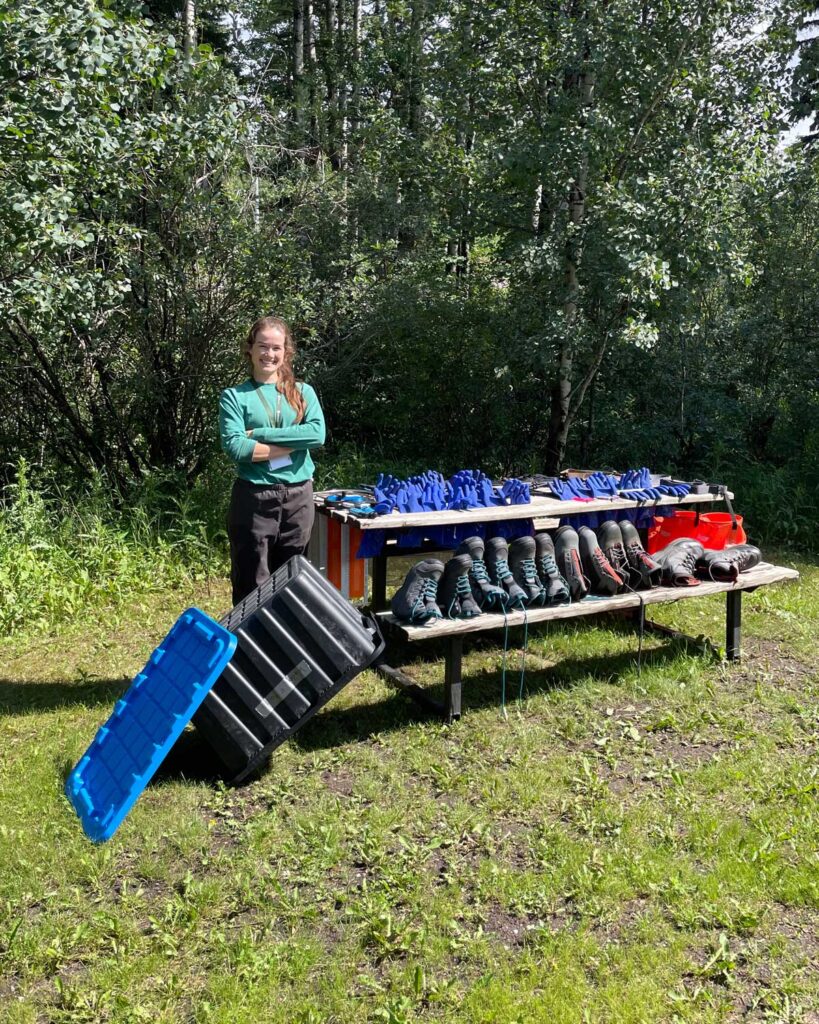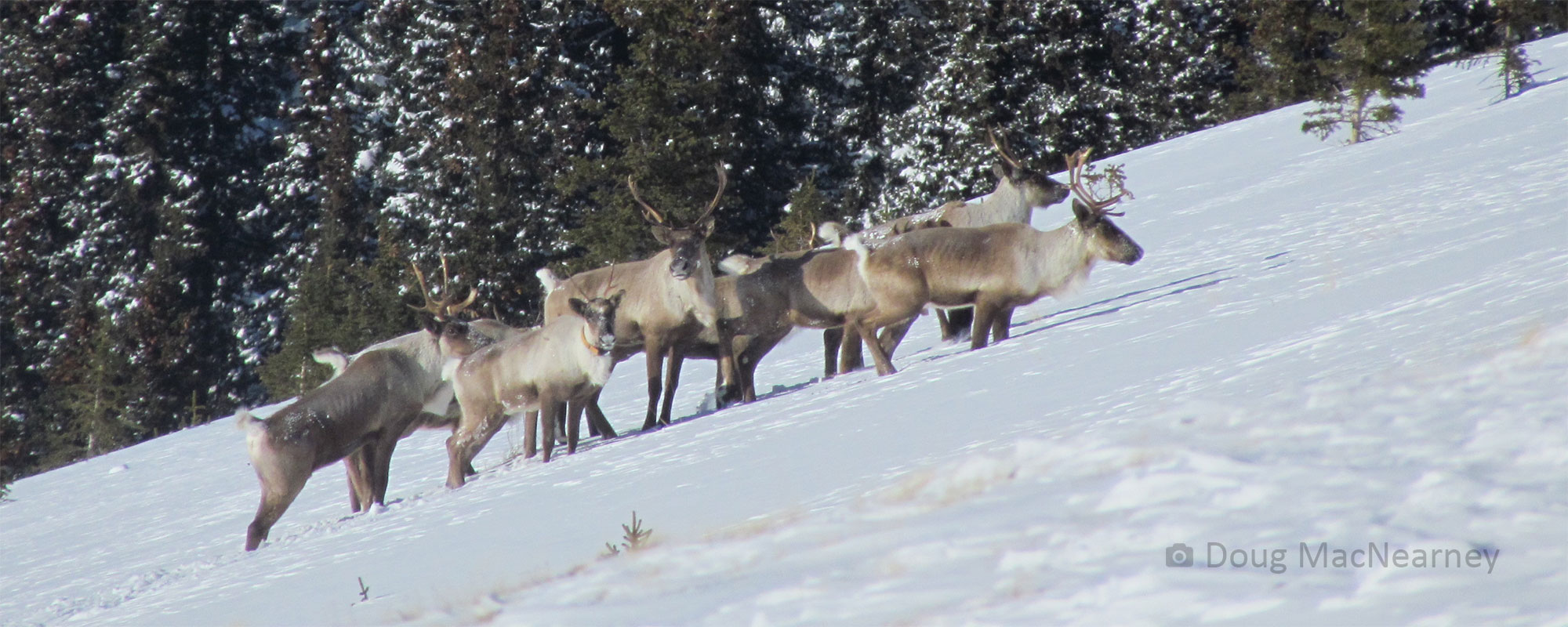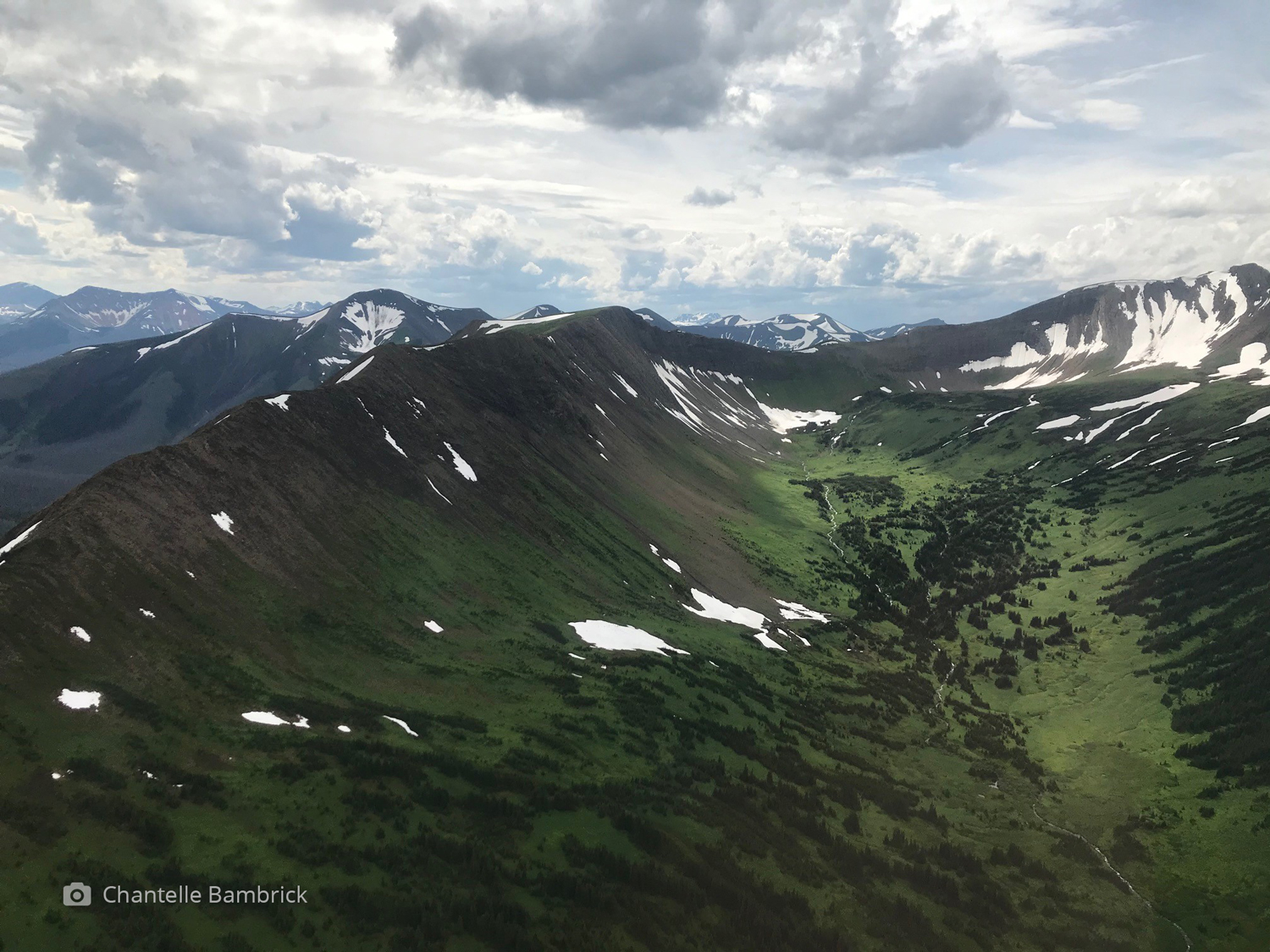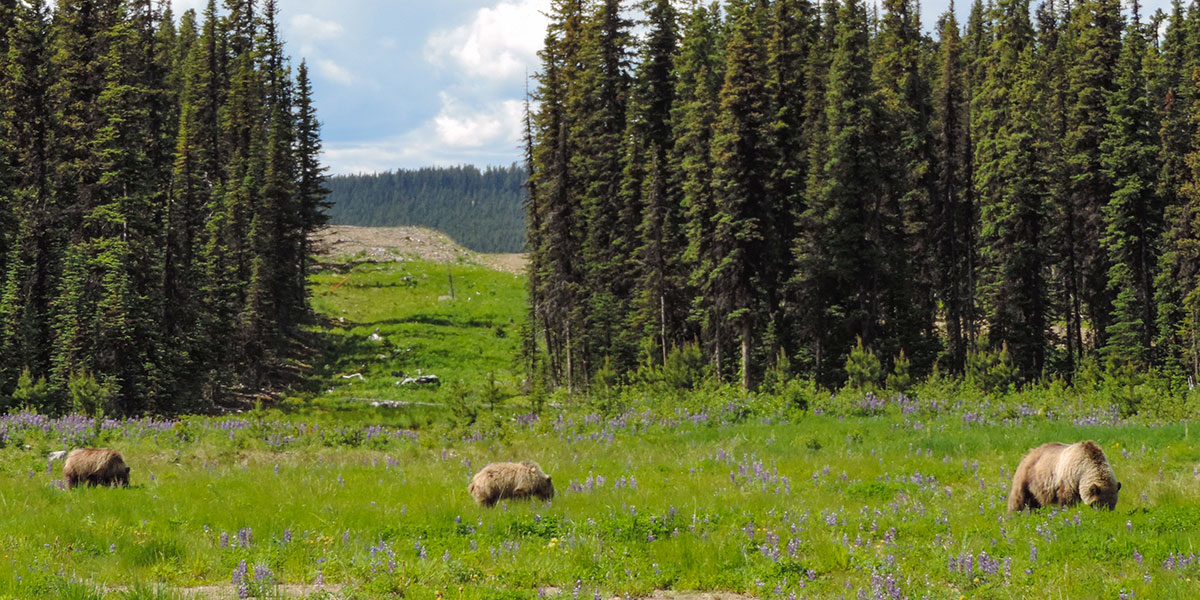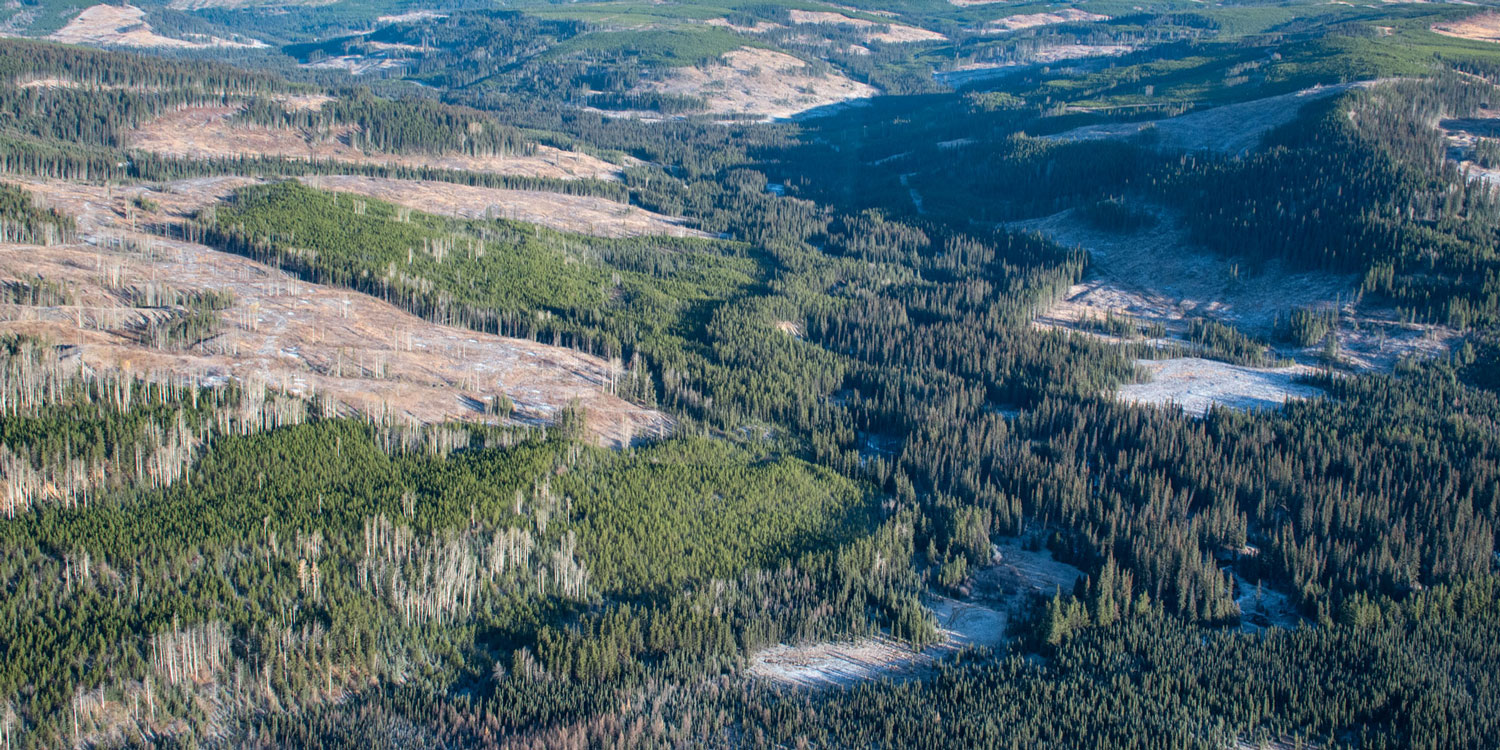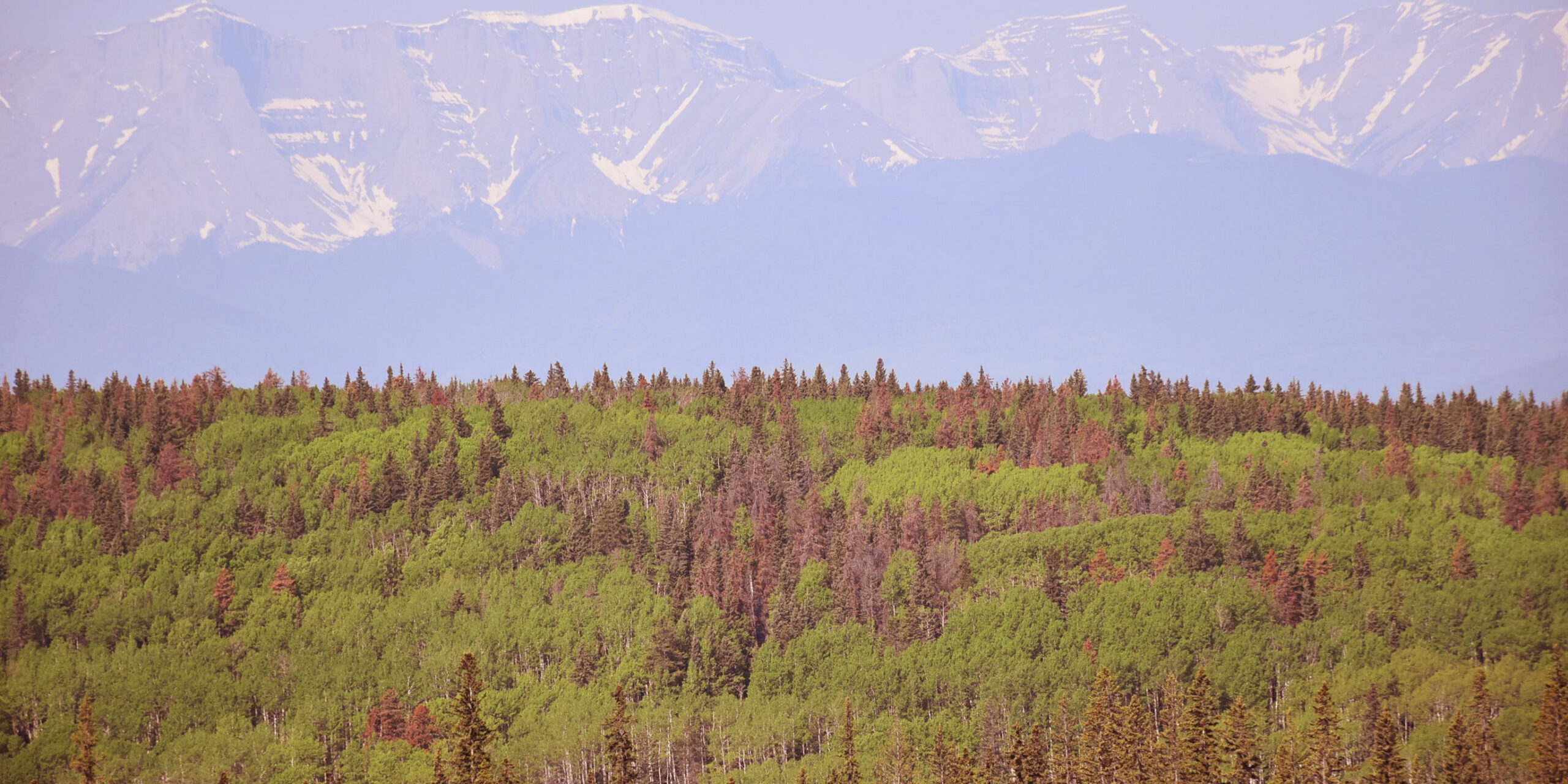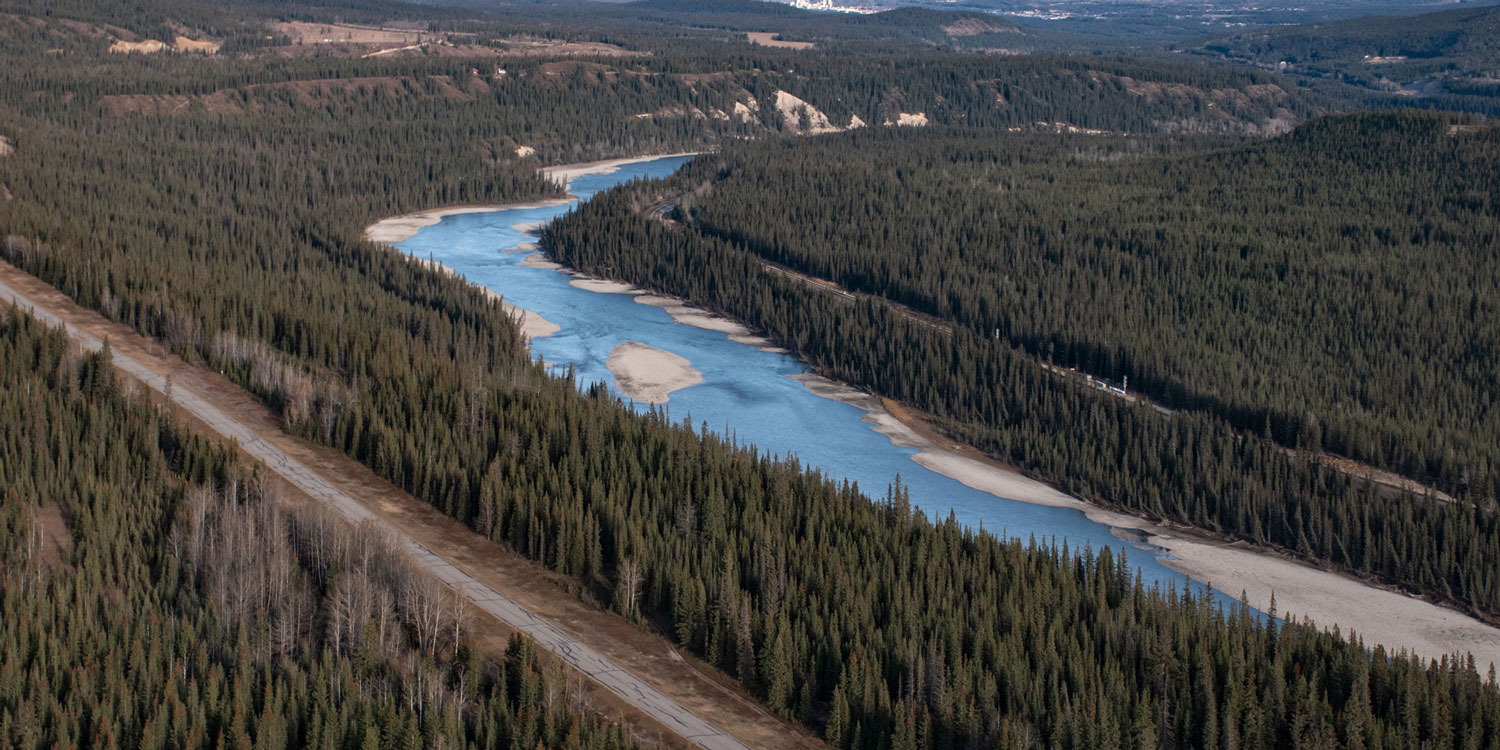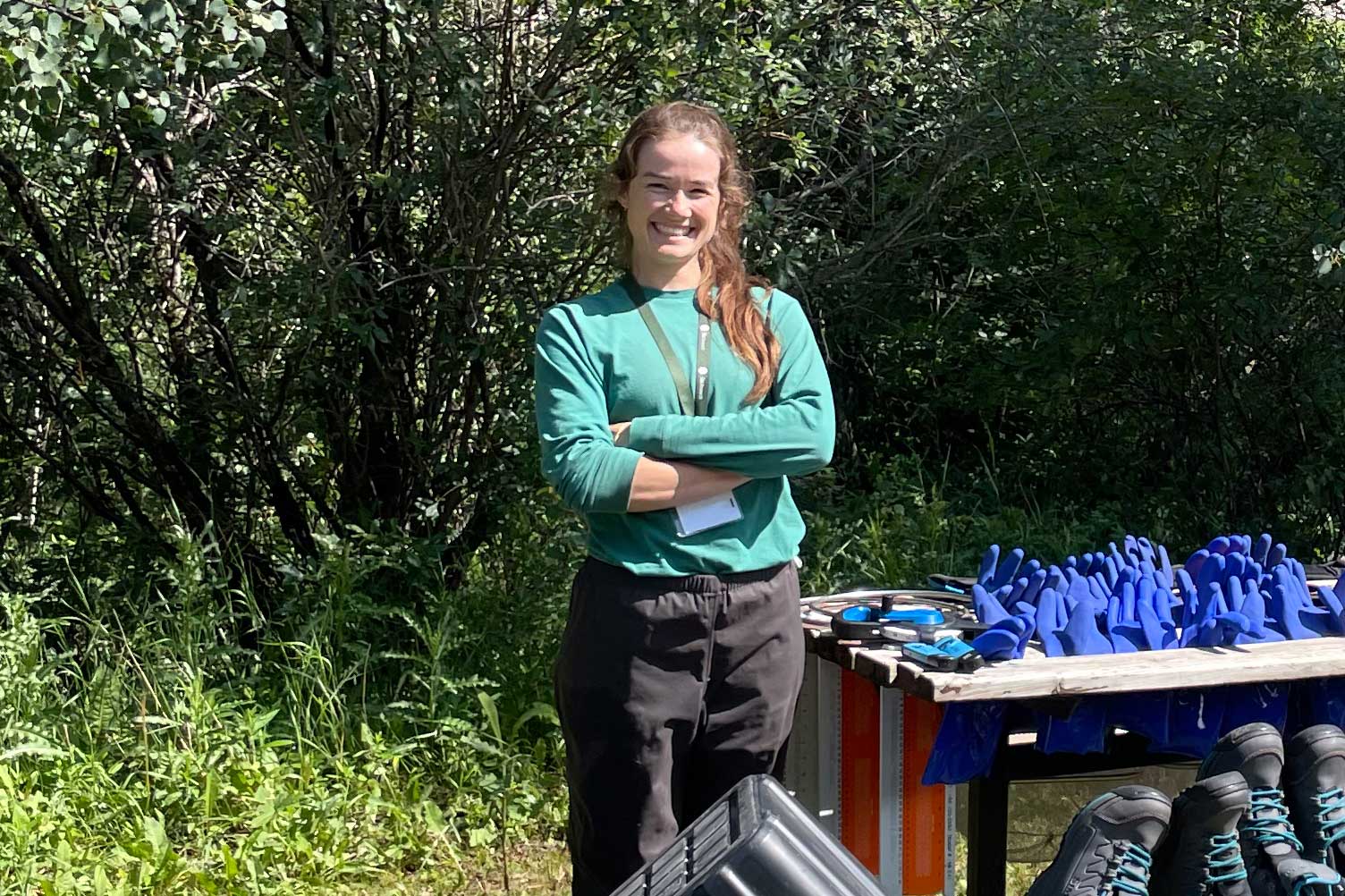
By Rosalie Pelletier
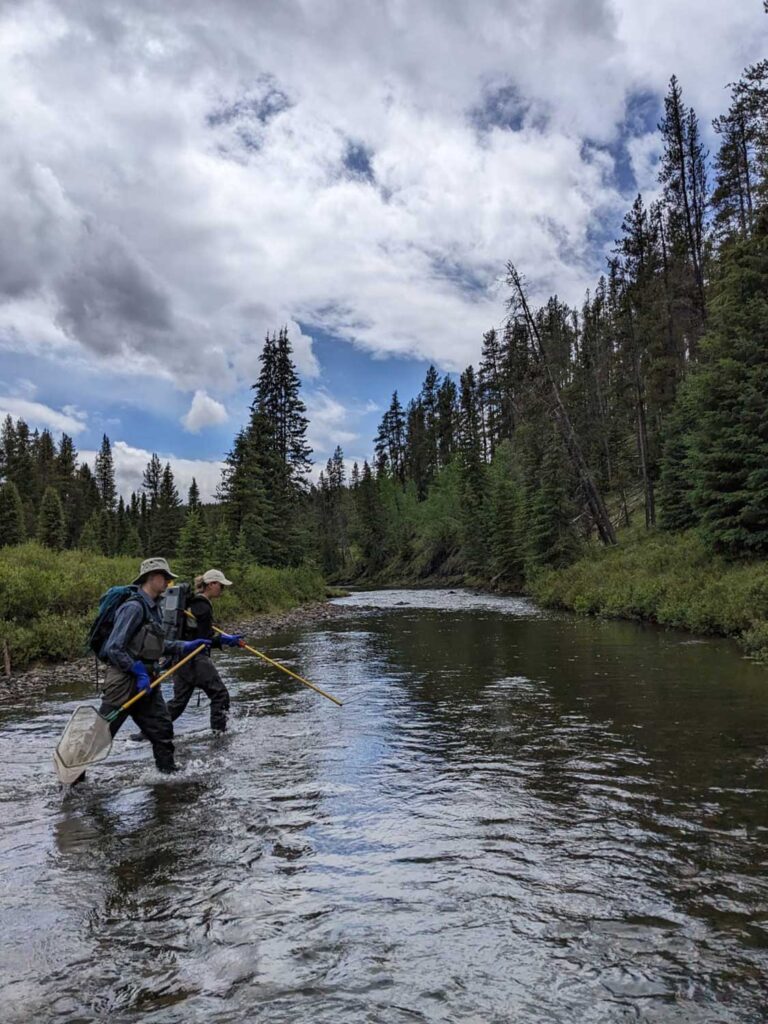
In the second week of July, the Water and Fish Program conducted an electrofishing survey in Fallentimber and Silvester creeks in collaboration with Alberta Environment and Protected Areas. The team consisted of Ben Kissinger (Program lead), Claire Allore (Biologist), Sam Chevalier (Biological technician), Parker Makkreel (student at the University of Calgary), Léna Mazuryk (master student at Université Laval) and me – Rosalie Pelletier (student at Université Laval).
At Fallentimber Creek watershed, the objective was to assess the presence and abundance of the native bull trout and the non-native brook trout. It was the first time those 15 sites were sampled.
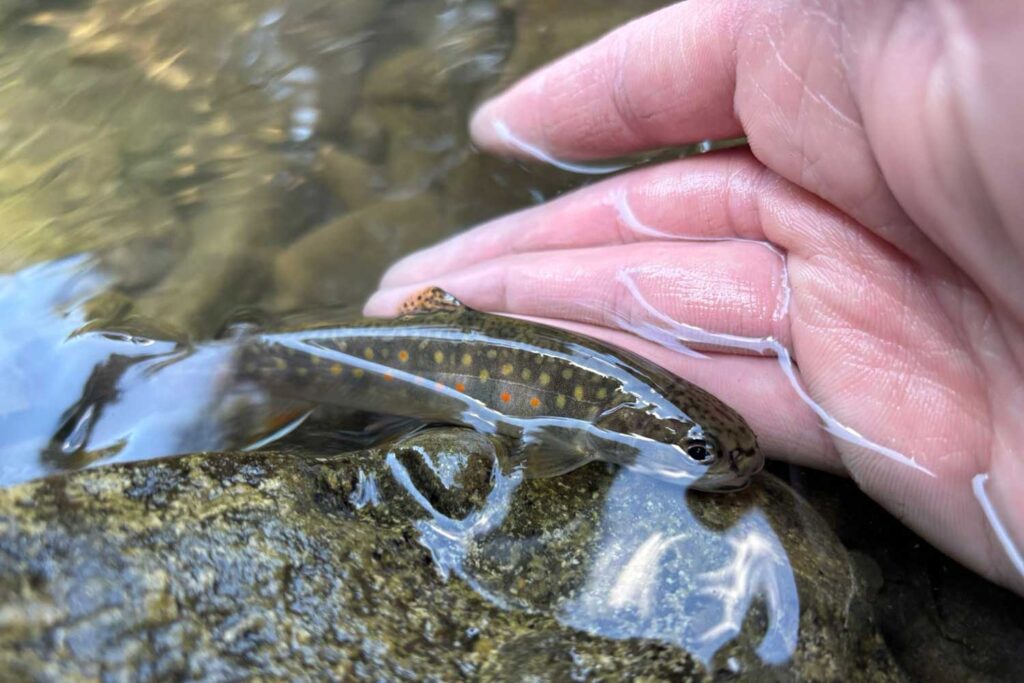
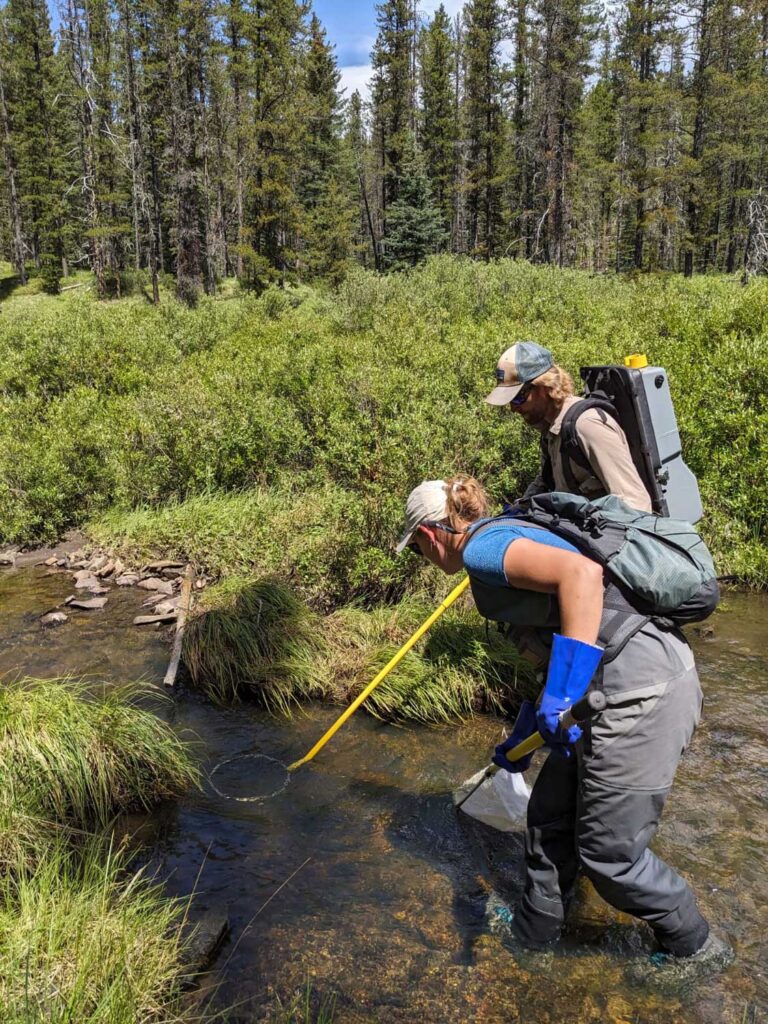
For Silvester Creek watershed, 13 sites from previous years were re-sampled. This watershed exclusively supports westslope cutthroat trout, one of Alberta’s Species-at-Risk. This tributary is one of the last remaining populations that has not been hybridized by non-native rainbow trout in the Bow River drainage.
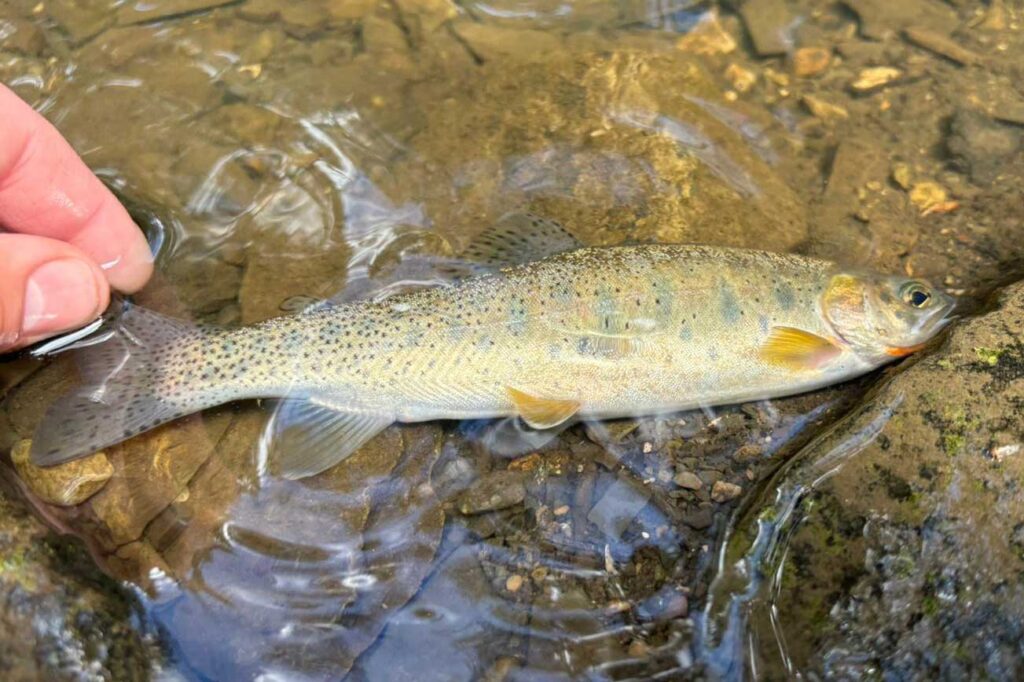
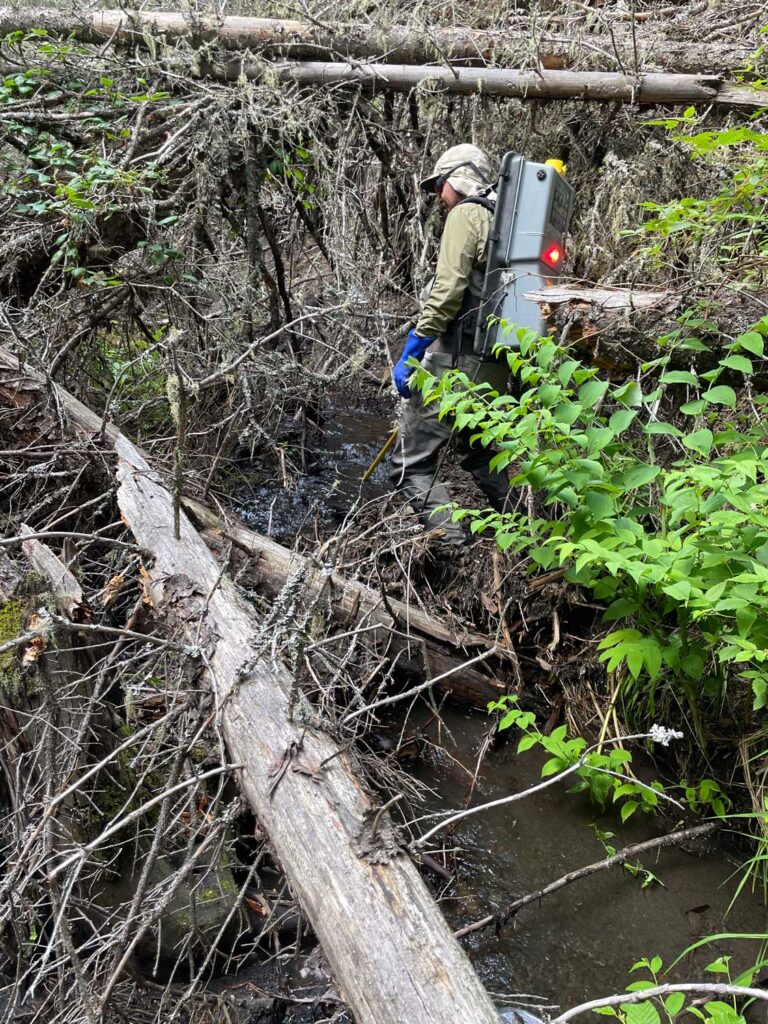
The team also took measures of the site’s characteristics: water temperature, conductivity, stream substrate, and width of the creeks sampled, as well as captured fish by electrofishing. Even with some sites with an abundance of willows and fallen trees, the team successfully sampled the 28 sites quickly over the course of 4.5 days.

To reduce the spread of whirling disease all field gear had to be thoroughly cleaned with QUAT when moving between watersheds.
